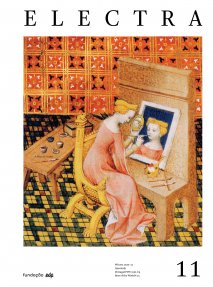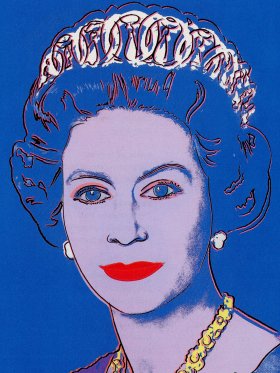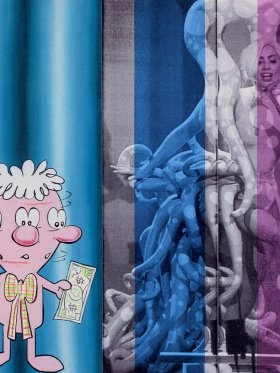A key question posed by celebrity is what are the social, economic and cultural conditions that make it possible for certain individuals to be famous in their own right, without clear-cut norms of achievement? The answer is that there is no single standard, but rather a range of contesting criteria. The concept of fame is multi-dimensional.
Barry King is a researcher at the Auckland University of Technology whose most recent work has focused on the mechanisms by which someone gains the status of ‘icon’. He starts this essay by looking at the concept of fame and the conditions which produce it, and then moves on to trace the historic trajectory of the three factors of celebrity, fame and prestige, while also taking a moment to examine the concepts of renown, reputation and charisma. He thus creates a constellation of concepts that have acquired huge importance in the society of mass communication.
the map of fame
Celebrity can be located as a position in the distribution of fame and prestige:
This table distinguishes reputation as the acknowledgement of distinction by a specific social group and renown as the reputation of an individual recognised by a non-specialist group such as the general public. Reputation and renown can be positive or negative – as fame or infamy. Famous or infamous individuals can have a high or low level of prestige, and their reputation can be brief or can persist across generations. Celebrity in this scheme is a low-status and evanescent form of renown based on the approval (or disapproval) of non-specialist groupings such as large or mass-scale audiences.
Historically, an individual’s fame has been usually associated with a specific field of endeavour – sport, literature, the arts, politics, philosophy, science, and the military. In a contemporary setting, his or (less frequently, her) fame rests on a widely diffused media image that popularises and humanises the individual’s esoteric achievements through the deployment of personality metaphors. These labels are consolidated by the media into a persona – an amalgam of personal and professional attributes.
There is a distinction to be made in the metabolism of fame between significant and marginal differences. Einstein’s renown and public persona rested on the recognition that his achievement vastly outstripped that of his fellow physicists. He was a star before he gained celebrity. By contrast, the difference between one ‘celebrity’ and another is marginal, and rests primarily on the inflation of their idiosyncrasies for publicity rather than on actual accomplishments.
As media ‘personalities’ and brand ambassadors, each celebrity – regardless of their field of endeavour, is equated with others who have a similar media profile. Celebrities are grouped as A listers, B listers and so on down to D listers. Such ‘lists’ group individuals, not according to their achievements – which can be insignificant – but according to their capacity for attracting media attention.

Andy Warhol, Rorschach, 1984
© Photo: Scala, Florence / bpk, Bildagentur fuer Kunst, Kultur und Geschichte, Berlin / Museum Brandhorst, Munich
"Celebrity in this scheme is a low-status and evanescent form of renown based on the approval (or disapproval) of non-specialist groupings such as large or mass-scale audiences."
It is generally agreed that the phenomenon of celebrity arose from a change in the social metabolism of fame, starting in the latter half of the eighteenth century with the development of literary biographies. Before this time, the fame attached to individuals was relative: famous individuals owed their reputation, whether deserved or not, to their connections with the church, the court and elite cultures. Fame, if enjoyed by the individual, remained a function of group identity. The development of the mass media – initiated by the mass press and increasingly extended by photography, cinema, radio and television – created the potential for absolute fame to accrue to individuals qua individuals and as celebrities, rather than as representatives of the norms and values of a distinct social group. Authors such as Lord Byron or performers such as Franz Liszt or Sarah Bernhardt played key roles in this process of celebrification. This process was not entirely new; in the Ancient world, there had been members of elites who manifested a singular distinction. Alexander the Great can be regarded as a precursor or even prototype of contemporary celebrity (Braudy, 1997). What is unprecedented in modern times is the scale and intensity of the trend towards absolute fame.
For some observers, the explicitly capitalist nature of this development was decisive, as argued in the Frankfurt School’s analysis of the culture industries in The Dialectic of Enlightenment, and subsequently in Edgar Morin’s The Stars:
The star is a total item of merchandise: there is not an inch of her body, not a shred of her soul, not a memory of her life that cannot be thrown on the market. (1961:37)
[...]

Julia Wachtel, Soul No. 2 (Pinocchio), 2016
Courtesy of the artist and Super Dakota, Brussels





Share article